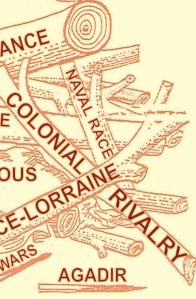In my research today I compared the Canadian and American versions of the National Survey of Student Engagement (NSSE) instrument for 2010.
This is the survey that over 1 million university students across North America are invited to take in their 1st and 4th year.
The NSSE survey page calls the Canadian version the “Canadian English” version. But the version is not just different in terms of its “Canadian English” vocabulary (such as “school/college” in the US versus “university” in Canada).
The Canadian version is different in terms of its cultural content and rhetorical approaches.
This post provides comparative screenshots of survey content to help us ponder why these differences exist.





